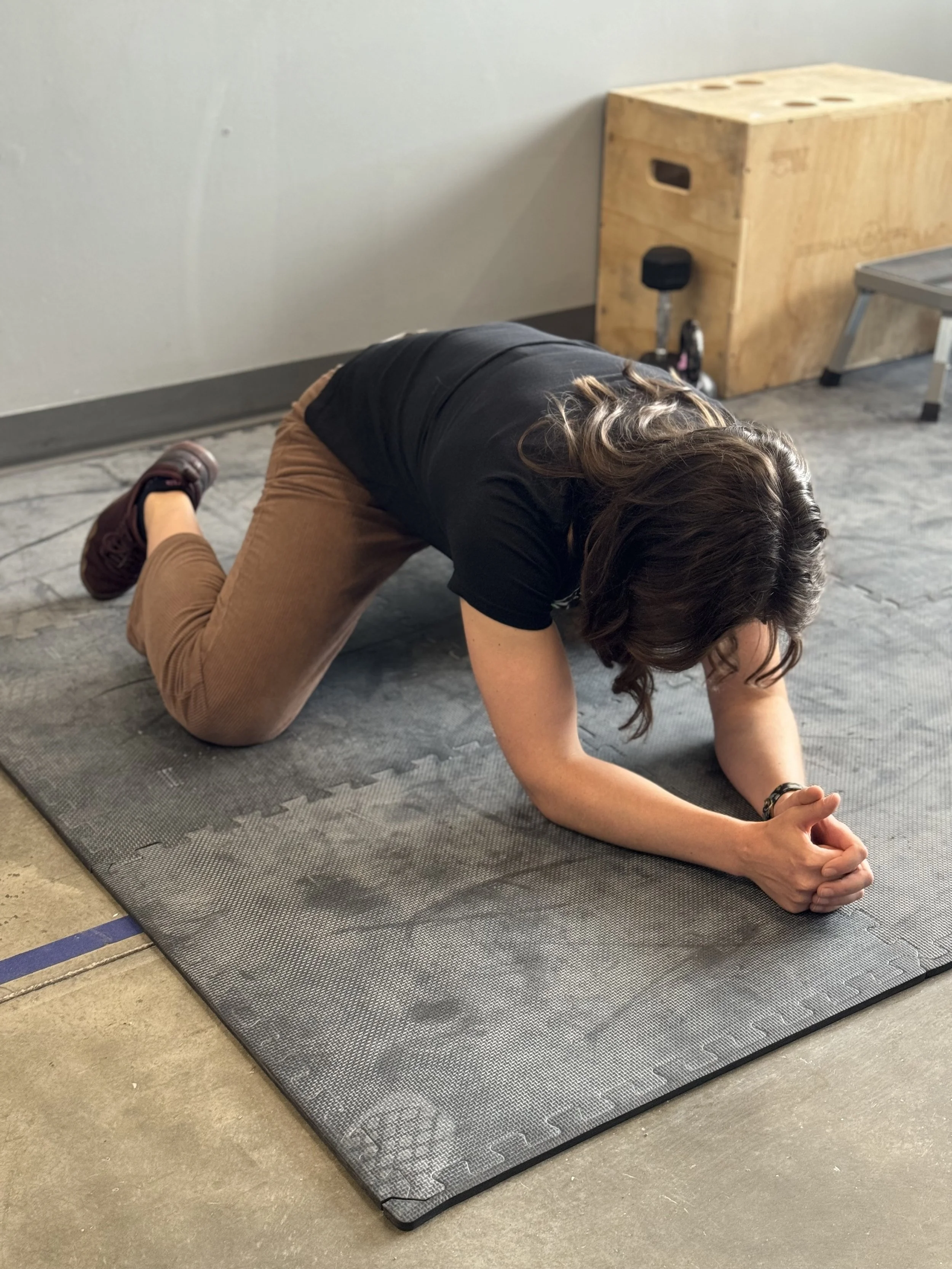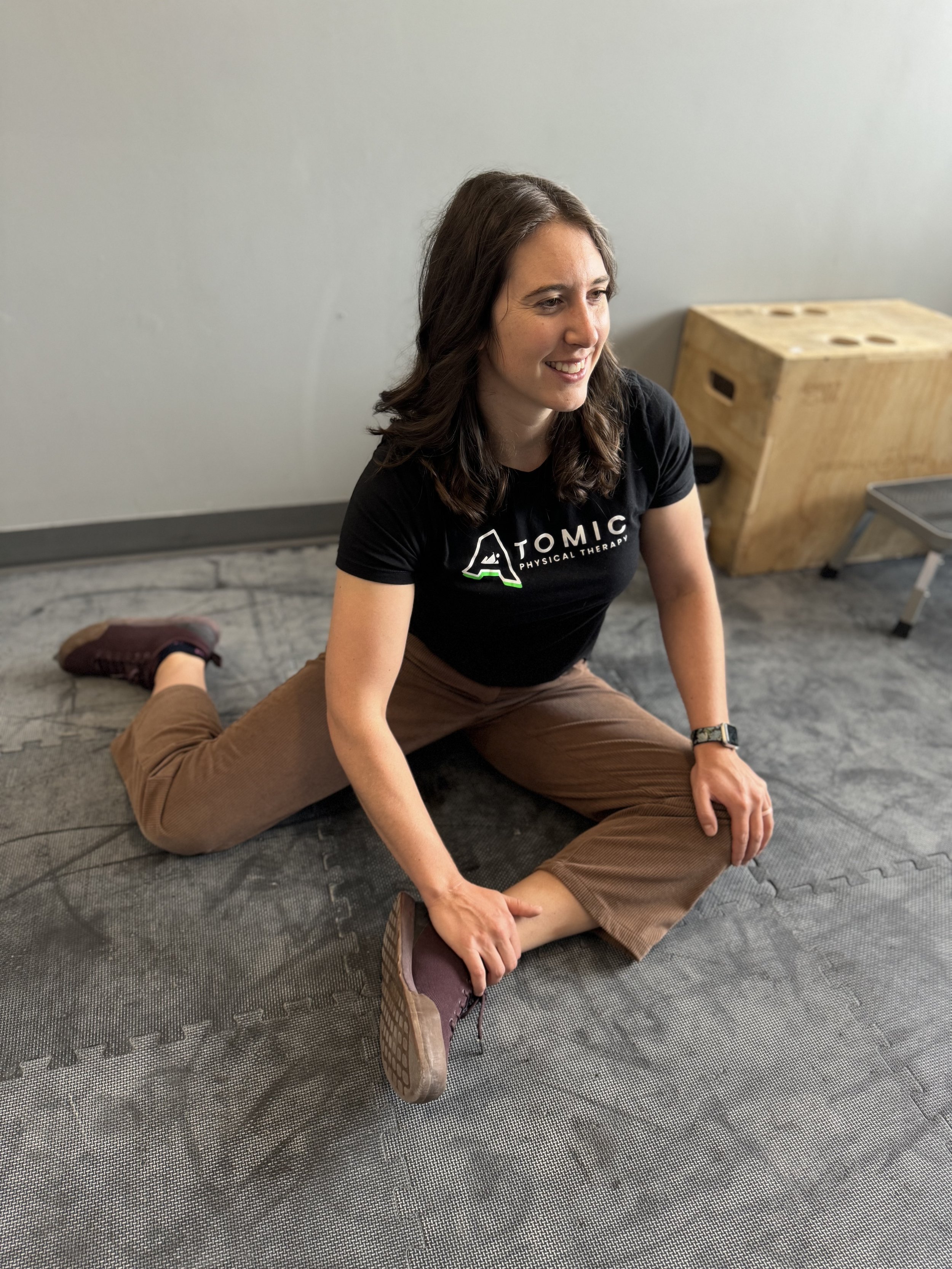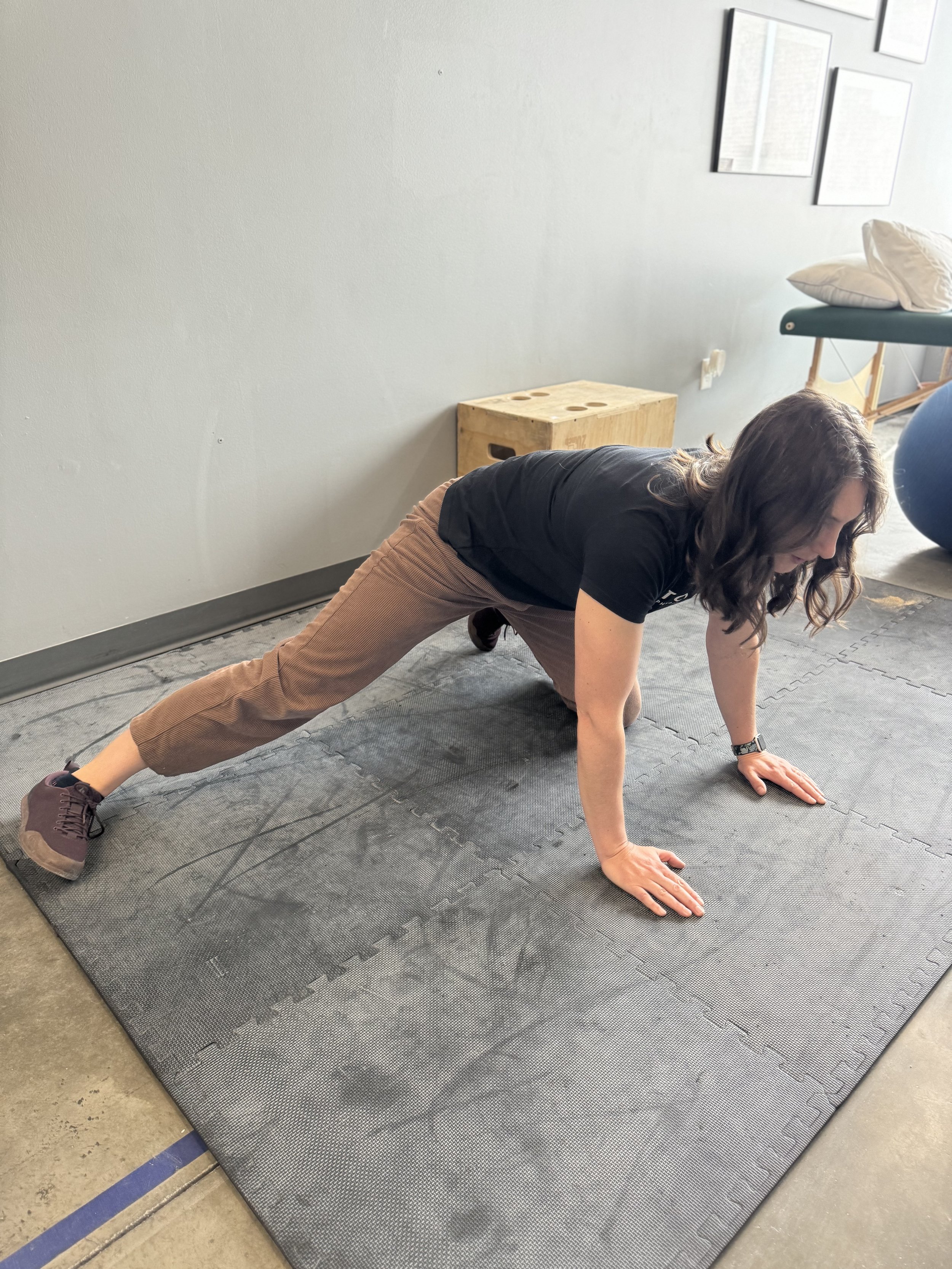Hip Mobility for Climbers: From Stretching to Sending!
As climbers, we often focus intensely on our upper body strength and finger grip while overlooking the importance of hip mobility. Having flexible and mobile hips can significantly improve your climbing technique and overall performance. Hip mobility helps you stay closer to the wall, utilize high footholds, dropknees, access wide or reachy positions, and use more lower body power to offload your arms. Today, we'll explore three effective hip mobility exercises that might help you: the frog stretch, hip 90-90 drill, and adductor stretch.
1. Frog Stretch
The frog stretch is fantastic for improving hip flexibility, particularly in the groin and inner thigh muscles. Here's how to do it:
Start in a tabletop position with your hands and knees on the ground.
Slowly widen your knees towards the sides, keeping your ankles in line with your knees.
Gradually lower your hips towards the ground while keeping your upper body upright.
Hold the stretch for 30 seconds to 1 minute, focusing on deep, controlled breathing. Or, move slowly through your hips to make this a dynamic stretch.
2. Hip 90-90 Stretch
The hip 90-90 drill is excellent for improving hip internal and external rotation, essential for maintaining balance and stability while climbing.
Follow these steps:
Sit on the floor with one leg bent in front of you at a 90-degree angle.
The other leg should be bent behind you at a 90-degree angle, creating an "L" shape with your legs.
Lean forward slightly from your hips to deepen the stretch.
Hold for 30 seconds to 1 minute, then switch sides.
3. Adductor Stretch
The adductor muscles (on your inner thighs) play a crucial role in stabilizing the hips during climbing movements. This stretch is similar to the frog stretch but further isolates the adductors:
Start in a tabletop position with your hands and knees on the ground
Place one leg out to the side with your knee straight.
Lean your hips back towards your feet.
Rock in and out of this position, and rotate your toes between facing forward and up to stretch different portions of your adductors.
Remember: Stretching Alone Isn't Enough
While these stretches are beneficial for improving hip mobility, it's essential to integrate strength and mobility exercises into your routine as well. In Part 2 of this series, we'll cover specific drills and exercises designed to strengthen the muscles around the hips and reinforce the new range of motion gained from these stretches. Strengthening these muscles will not only enhance your climbing performance but also reduce the risk of injuries associated with overuse or imbalance.
Stay tuned for Part 2 where we delve into strengthening exercises that will complement your newfound hip mobility and take your climbing to the next level!
In the meantime, incorporate these stretches into your warm-up routine before climbing sessions to optimize your hip mobility. I recommend using dynamic strategies immediately before climbing, and static (long holds) after your session or when you are not actively exercising.
Happy climbing and stay tuned for more tips to elevate your climbing game! If you find yourself unsure of how to assess your own hip mobility, or feeling stuck in progressing on your own, schedule a free discovery visit with Dr. Emily to see how Atomic can help you!



